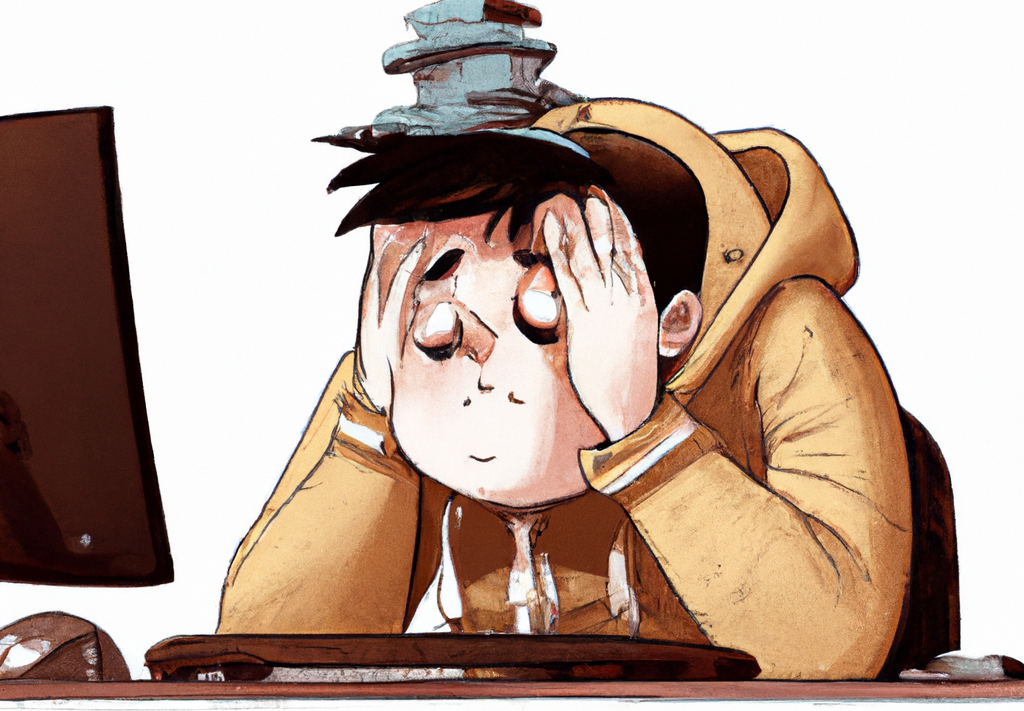
Understanding Burnout in the Workforce: The Link Between Exhaustion and Suicidal Ideation
Burnout has long been recognized as a byproduct of relentless workplace stress. However, its far-reaching implications, extending to suicidal thoughts, have only been marginally explored. A groundbreaking cross-sectional study has recently delved into this association, revealing significant findings with potential workforce repercussions.
Unpacking the Dimensions of Burnout:
Burnout typically presents in two primary dimensions. Exhaustion is a profound feeling of extreme fatigue and depletion. Cynicism is a detachment or distancing from one’s job or a cynical outlook. While both arise from enduring occupational stress, their implications differ.
The Link Between Burnout and Suicidal Ideation:
The study demonstrated a concerning correlation between the exhaustion dimension of burnout and suicidal ideation. It suggested that those feeling exhausted from their job are at a heightened risk of having suicidal thoughts, irrespective of whether they are clinically depressed. Conversely, the cynicism aspect showcased a more complex relationship with suicidal ideation, warranting further research.
Cross-Cultural Implications:
While the study provided significant findings, it’s crucial to consider cultural nuances. Factors such as societal attitudes towards mental health, workplace norms, and support structures can influence the prevalence and impact of burnout across different cultures. Furthermore, the study sample predominantly represented specific industries, indicating the need for more globally representative research.
Workforce Implications:
- Broad Occupational Concern: Burnout, especially exhaustion, isn’t isolated to a particular profession. It’s a concern that spans across industries and job roles.
- Job Control & Occupational Climate: Exhausted employees with limited job control and an unfavorable work environment are at a greater risk. Promoting autonomy, encouraging creativity, and fostering a supportive work climate can potentially reduce this risk.
- Education & Positioning: Higher educational levels often correlate with roles of greater autonomy. The study suggests that ensuring job resources and control, especially for those with lower educational backgrounds, might be critical.
- Need for Early Detection: The significant association between exhaustion and suicidal ideation emphasizes the importance of early identification and intervention. Tools for timely burnout detection, especially regarding exhaustion, could be vital for workplace well-being.
Conclusion:
The repercussions of burnout extend far beyond decreased productivity and morale. The correlation between exhaustion and suicidal thoughts is a pressing concern that organizations must address. While the findings open avenues for focused interventions, they also highlight the need to foster healthier work environments. As the research expands across cultures and industries, the overarching message remains clear: our approach to workplace mental health needs an overhaul.
Note: The 988 Suicide and Crisis Lifeline is a hotline for individuals in crisis or for those looking to help someone else. To speak with a trained listener, call 988. Visit 988lifeline.org for crisis chat services or for more information.



